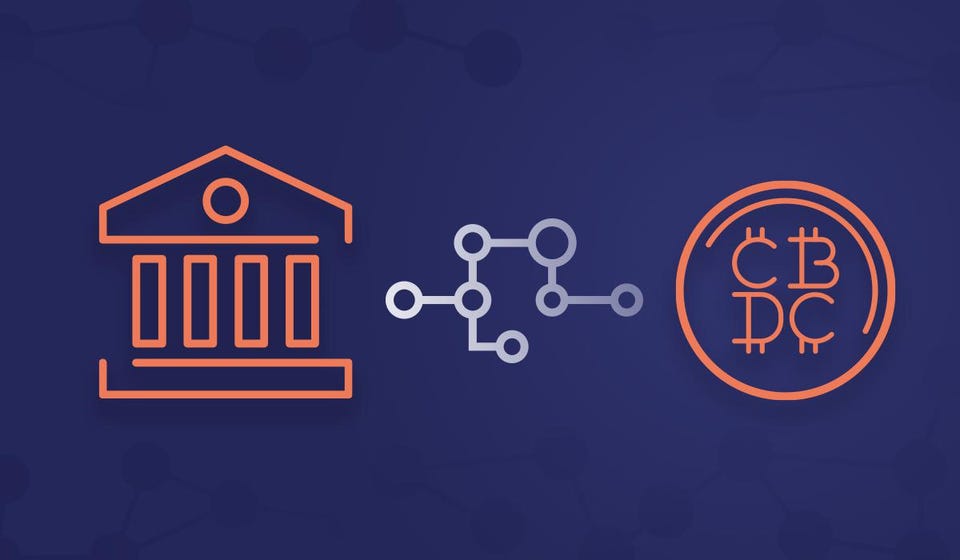Central banks are public institutions who manage the currency and control the money supply of a country. Their main activities include: setting interest rates to achieve price stability, act as a lender of last resort, and usually issuing banknotes and coins. However, after pressure of different factors, a new type of money has been introduced by the central banks. This new type of money in the form of Central Bank Digital Currencies (CBDC’s) or digital cash have been under accelerated development in most countries already. This accelerated development is the effect of numerous causes:
- Firstly, the development of cryptocurrencies like Bitcoin and stable coins such as Facebooks Diem can heavily disrupt the grip of central banks on the supply and control of money. Bitcoin remains as the most dominant digital currency with a market capitalization of $386,333,762,020 as of today (CoinMarketCap, 2022).
- Secondly, the COVID-19 pandemic closed physical stores and limited contacts which made digital payment services essential for conducting business.
- Finally and most importantly, central banks engage in digital currencies to ensure a safe and robust payment mechanism in a world of declining usage of cash and consistent universal lack of access to banking systems.
According to Samudrala and Yerchuru (2021), CBDC’s can be summarized as following:
- “Digital version of national fiat currency”
- “Fully fungible with fiat”
- “Legal tender”
- “Sovereign liability”
- “Distributed directly or through approved financial institutions”
- “Typically co-exist and fully fungible with cash”
But why would people adopt CBDC’s when they can already pay with cash, credit, or even private digital currencies? There are a few reasons why CBDC’s are more convenient and functional than other payment methods:
- Accessibility: consumer access to CDBD’s only depend on a country’s internet infrastructure and smartphone penetration where as cash is dependent on a country’s banking branch network, number of ATM’s, and universal retail-store acceptance.
- Anonymity: a pure form of anonymous transaction can be found in the use of cash. Debit or credit cards cannot allow for full anonymity because of record keeping rules and regulations. CBDC’s will most likely have to conform to some regulations as well but having less impact than with debit/ credit cards.
- Operational efficiency: the current mechanism of the Federal Reserve is very cost inefficient compared to CBDC mechanisms and are up to 6x more expensive.
- Programmability: the characteristic of programmability is what makes the CBDC so unique and multi-functional. CBDC’s can be programmed in certain ways based on predetermined criteria.
Of course, CBDC’s hold many more characteristics which can influence its adoption. But these function drive the decisions of CBDC implementation and adoption.
CoinMarketCap. (z.d.). Cryptocurrency Prices, Charts And Market Capitalizations. Geraadpleegd op 5 oktober 2022, van https://coinmarketcap.com/
Samudrala, R. S., & Yerchuru, S. K. (2021). Central bank digital currency: risks, challenges
and design considerations for India. CSI Transactions on ICT, 9(4), 245–249.
https://doi.org/10.1007/s40012-021-00344-5

